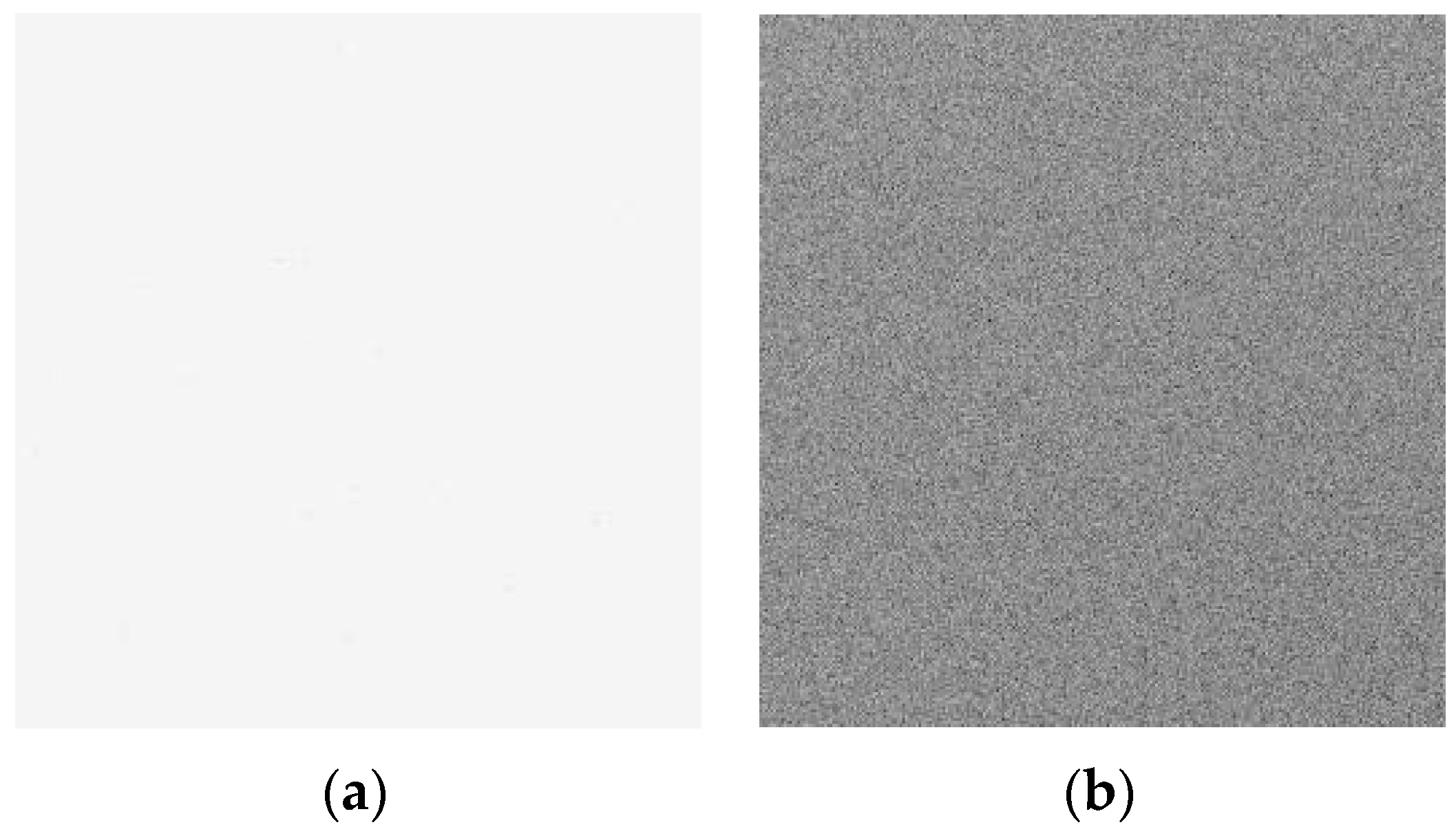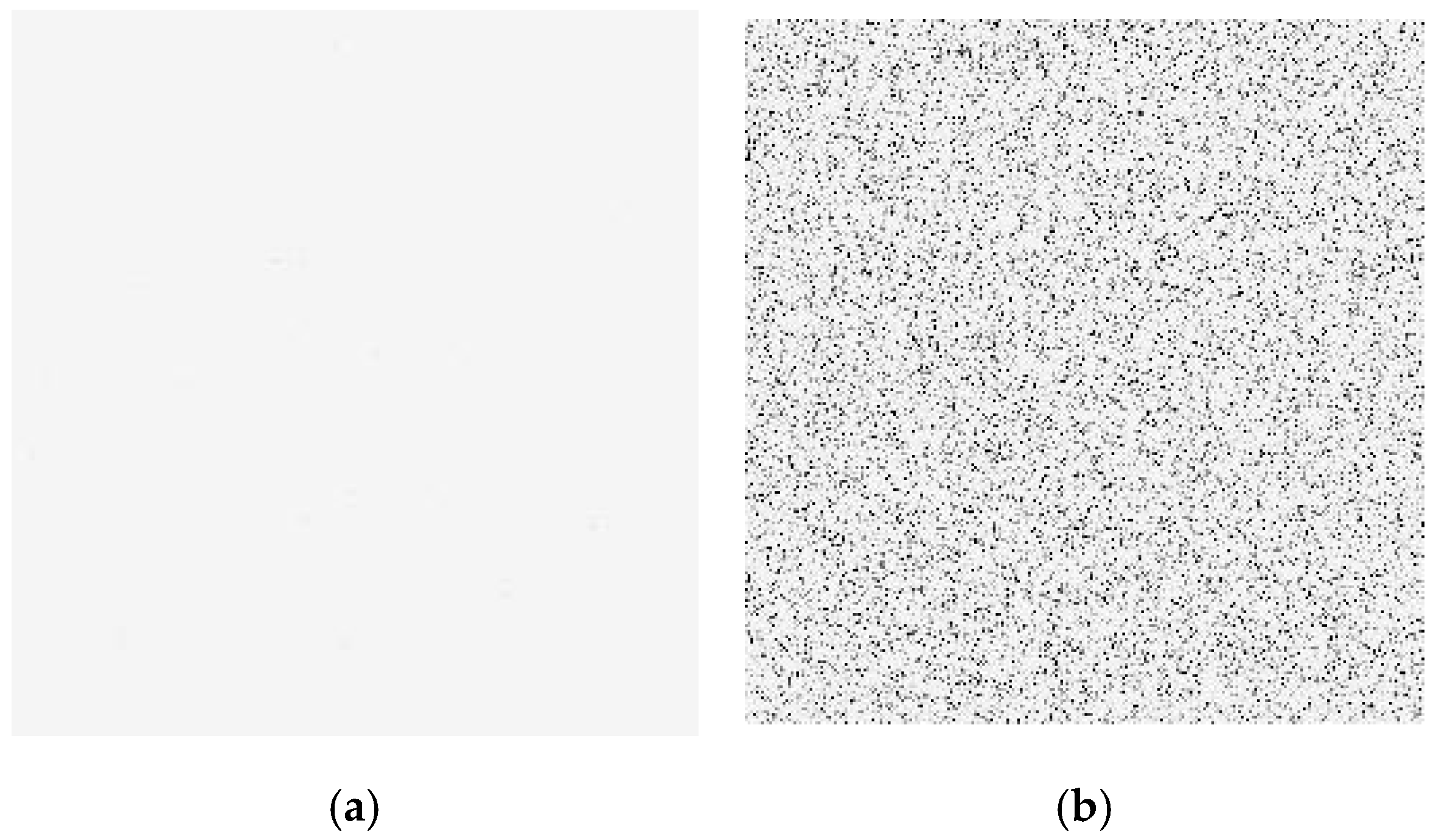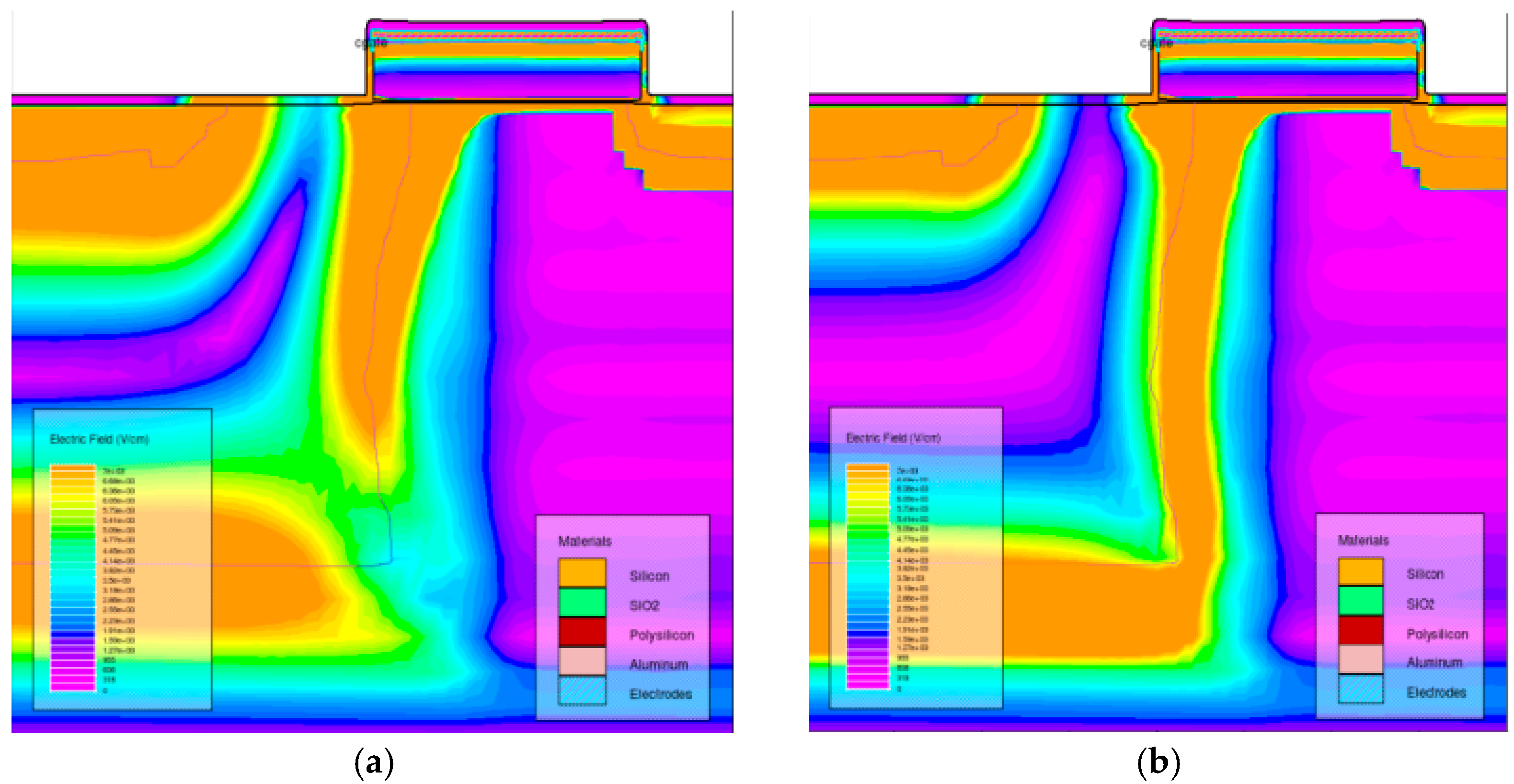Synergistic Radiation Effects in PPD CMOS Image Sensors Induced by Neutron Displacement Damage and Gamma Ionization Damage
Abstract
1. Introduction
2. Materials and Methods
2.1. Irradiation and Annealing
2.2. Tested CISs
3. Results
3.1. Gamma Irradiation and Annealing
3.2. Neutron Irradiation and Annealing
3.3. Gamma Irradiation and Neutron Irradiation
3.4. Neutron Irradiation and Gamma Irradiation
4. Discussion
5. Conclusions
Author Contributions
Funding
Institutional Review Board Statement
Informed Consent Statement
Data Availability Statement
Acknowledgments
Conflicts of Interest
References
- Hopkinson, G.R. Radiation effects in a CMOS active pixel sensor. IEEE Trans. Nucl. Sci. 2000, 47, 2480–2485. [Google Scholar] [CrossRef]
- Bogaerts, J.; Dierickx, B.; Meynants, G.; Uwaerts, D. Total dose and displacement damage effects in a radiation-hardened CMOS APS. IEEE Trans. Electron Devices 2003, 50, 84–90. [Google Scholar] [CrossRef]
- Hopkinson, G.R. Radiation effects on a radiation-tolerant CMOS active pixel sensor. IEEE Trans. Nucl. Sci. 2004, 51, 2573–2762. [Google Scholar] [CrossRef]
- Goiffon, V.; Magnan, P.; Saint, O.; Bernard, F.; Rolland, G. Total dose evaluation of deep submicron CMOS imaging technology through elementary device and pixel array behavior analysis. IEEE Trans. Nucl. Sci. 2008, 55, 3494–3501. [Google Scholar] [CrossRef]
- Goiffon, V.; Magnan, P.; Saint-Pé, O.; Bernard, F.; Rolland, G. Ionization versus displacement damage effects in proton irradiated CMOS sensors manufactured in deep submicron process. IEEE Trans. Nucl. Sci. 2008, 55, 53–64. [Google Scholar] [CrossRef]
- Goiffon, V.; Virmontois, C.; Magnan, P.; Girard, S.; Paillet, P. Analysis of total dose-induceddarkcurrent in CMOS image sensorsfrom interface state and trapped charge densitymeasurements. IEEE Trans. Nucl. Sci. 2010, 57, 3087–3094. [Google Scholar] [CrossRef]
- Goiffon, V.; Virmontois, C.; Magnan, P.; Cervantes, P.; Place, S.; Gaillardin, M.; Girard, S.; Paillet, P.; Estribeau, M.; Martin-gonthier, P. Identification of radiation induced dark current sources in pinned photodiode CMOS image sensors. IEEE Trans. Nucl. Sci. 2012, 59, 918–926. [Google Scholar] [CrossRef]
- Goiffon, V.; Estribeau, M.; Marcelot, O.; Cervantes, P.; Magnan, P.; Gaillardin, M.; Virmontois, C.; Martin-Gonthier, P.; Molina, R.; Corbiere, F.; et al. Radiation effects in pinned photodiode CMOS image sensors: Pixel performance degradation due to total ionizing dose. IEEE Trans. Nucl. Sci. 2012, 59, 2878–2887. [Google Scholar] [CrossRef]
- Virmontois, C.; Goiffon, V.; Magnan, P.; Girard, S.; Inguimbert, C.; Petit, S.; Rolland, G.; Saint-Pe, O. Displacement damage effects due to neutron and proton irradiations on CMOS image sensorsmanufactured in deepsubmicrontechnology. IEEE Trans. Nucl. Sci. 2010, 57, 3101–3108. [Google Scholar] [CrossRef]
- Virmontois, C.; Goiffon, V.; Magnan, P.; Saint-Pe, O.; Girard, S.; Petit, S.; Rolland, G.; Bardoux, A. Total ionizing dose versus displacement damage dose induceddarkcurrentrandomtelegraphsignals in CMOS image sensors. IEEE Trans. Nucl. Sci. 2011, 58, 3085–3094. [Google Scholar] [CrossRef]
- Virmontois, C.; Goiffon, V.; Magnan, P.; Girard, S.; Saint-pe, O.; Petit, S.; Rolland, G.; Bardoux, A. Similarities between proton and neutron induced dark current distribution in CMOS image sensors. IEEE Trans. Nucl. Sci. 2012, 59, 927–936. [Google Scholar] [CrossRef]
- Virmontois, C.; Goiffon, V.; Corbiere, F.; Magnan, P.; Girard, S.; Petit, S.; Bardoux, A. Displacement damage effects in pinned photodiode CMOS image sensors. IEEE Trans. Nucl. Sci. 2012, 59, 2872–2877. [Google Scholar] [CrossRef]
- Martin, E.; Nuns, T.; Virmontois, C.; David, J.-P.; Gilard, O. Proton and γ-Rays irradiation-induced dark current random telegraph signal in 0.18-μm CMOS image sensor. IEEE Trans. Nucl. Sci. 2013, 60, 2503–2510. [Google Scholar] [CrossRef]
- Wang, Z.J.; Xue, Y.; Liu, M.; Xu, R.; Ning, H.; Gao, W.; Yao, Z.; He, B.; Jin, J.; Ma, W.; et al. Transient Response in PPD CMOS Image SensorsIrradiated by Gamma Rays: Variation of Dose Rates and Integration Times. IEEE Trans. Nucl. Sci. 2019, 66, 880–885. [Google Scholar] [CrossRef]
- Goiffon, V.; Estribeau, M.; Cervantes, P.; Molina, R.; Gaillardin, M.; Magnan, P. Influence of transfer gate design and bias on the radiation hardness of pinned photodiode CMOS image sensors. IEEE Trans. Nucl. Sci. 2014, 61, 3290–3301. [Google Scholar] [CrossRef]
- Wang, Z.; Xue, Y.; Chen, W.; He, B.; Yao, Z.; Ma, W.; Sheng, J. Fixed pattern noise and temporal noise degradation induced by radiation effects in pinned photodiode CMOS image sensors. IEEE Trans. Nucl. Sci. 2018, 65, 1264–1270. [Google Scholar] [CrossRef]
- Le Roch, A.; Virmontois, C.; Paillet, P.; Warner, J.H.; Belloir, J.-M.; Magnan, P.; Goiffon, V. Comparison of X-ray and electron radiation effects on dark current non-uniformity and fluctuations in CMOS image sensors. IEEE Trans. Nucl. Sci. 2020, 67, 268–277. [Google Scholar] [CrossRef]
- Wang, Z.; Chen, W.; Sheng, J.; Liu, Y.; Xiao, Z.; Huang, S.; Liu, M. Combined reactor neutron beam and 60Co γ-ray radiation effects on CMOS APS image sensors. AIP Adv. 2015, 5, 027128. [Google Scholar] [CrossRef]














| CIS Number | 1st Radiation 168 h Annealing | 2nd Radiation 168 h Annealing | |
|---|---|---|---|
| Dose Rate (rad(Si)/s) | Total Dose (krad(Si)) | Neutron Fluence (n/cm2) | |
| A01 | 50.0 | 100, 200 | 1 × 1011 |
| A02 | 50.0 | 100, 200 | 1 × 1011 |
| CIS Number | 1st Radiation 168 h Annealing | 2nd Radiation 168 h Annealing | |
|---|---|---|---|
| Neutron Fluence (n/cm2) | Dose Rate (rad(Si)/s) | Total Dose (krad(Si)) | |
| B01 | 1 × 1011 | 50.0 | 100, 200 |
| B02 | 1 × 1011 | 50.0 | 100, 200 |
Disclaimer/Publisher’s Note: The statements, opinions and data contained in all publications are solely those of the individual author(s) and contributor(s) and not of MDPI and/or the editor(s). MDPI and/or the editor(s) disclaim responsibility for any injury to people or property resulting from any ideas, methods, instructions or products referred to in the content. |
© 2024 by the authors. Licensee MDPI, Basel, Switzerland. This article is an open access article distributed under the terms and conditions of the Creative Commons Attribution (CC BY) license (https://creativecommons.org/licenses/by/4.0/).
Share and Cite
Wang, Z.-J.; Xue, Y.-Y.; Tang, N.; Huang, G.; Nie, X.; Lai, S.-K.; He, B.-P.; Ma, W.-Y.; Sheng, J.-K.; Gou, S.-L. Synergistic Radiation Effects in PPD CMOS Image Sensors Induced by Neutron Displacement Damage and Gamma Ionization Damage. Sensors 2024, 24, 1441. https://doi.org/10.3390/s24051441
Wang Z-J, Xue Y-Y, Tang N, Huang G, Nie X, Lai S-K, He B-P, Ma W-Y, Sheng J-K, Gou S-L. Synergistic Radiation Effects in PPD CMOS Image Sensors Induced by Neutron Displacement Damage and Gamma Ionization Damage. Sensors. 2024; 24(5):1441. https://doi.org/10.3390/s24051441
Chicago/Turabian StyleWang, Zu-Jun, Yuan-Yuan Xue, Ning Tang, Gang Huang, Xu Nie, Shan-Kun Lai, Bao-Ping He, Wu-Ying Ma, Jiang-Kun Sheng, and Shi-Long Gou. 2024. "Synergistic Radiation Effects in PPD CMOS Image Sensors Induced by Neutron Displacement Damage and Gamma Ionization Damage" Sensors 24, no. 5: 1441. https://doi.org/10.3390/s24051441
APA StyleWang, Z.-J., Xue, Y.-Y., Tang, N., Huang, G., Nie, X., Lai, S.-K., He, B.-P., Ma, W.-Y., Sheng, J.-K., & Gou, S.-L. (2024). Synergistic Radiation Effects in PPD CMOS Image Sensors Induced by Neutron Displacement Damage and Gamma Ionization Damage. Sensors, 24(5), 1441. https://doi.org/10.3390/s24051441






